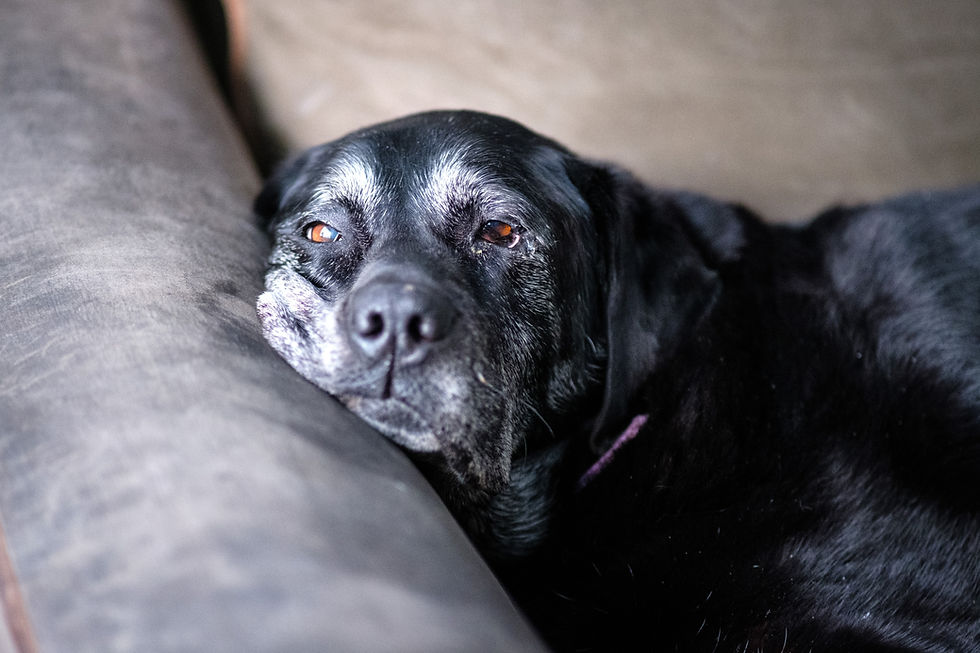Why Warm-Ups and Cool-Downs Are Essential for Your Agility Dog
- K9MuscleWorks

- Jun 10
- 2 min read

If you’re involved in dog agility, you’ve probably heard about the importance of warming up and cooling down your dog—but do you know why it matters so much?
Whether your dog competes at a competitive level or just loves weekend agility runs, adding a proper warm-up and cool-down routine can significantly improve your dog’s performance and reduce the risk of injury. Let’s break down why both are essential and how to do them right.
Why Warm-Ups Are Important for Agility Dogs
Warming up your dog before agility prepares their body and mind for the fast-paced activity ahead. Just like human athletes, dogs need time to increase their heart rate, improve blood flow to muscles, and mentally focus.
Key Benefits of a Warm-Up:
Injury prevention: Cold muscles are more prone to strains and sprains. A warm-up gradually increases muscle temperature and flexibility, reducing the risk of pulls or tears.
Improved joint mobility: Activating the joints helps lubricate them and allows your dog to move more efficiently.
Better performance: A proper warm-up sharpens your dog’s focus, reaction time, and coordination.
Enhanced circulation: Increased blood flow delivers oxygen and nutrients to working muscles faster.
What a Good Warm-Up Looks Like:
5–10 minutes of active movement (e.g., walking, trotting, figure-8s)
Light dynamic stretches like side stepping or pivoting
Short training cues to engage the brain (sits, downs, spins)
Avoid static stretching or explosive sprints during warm-up. Keep it controlled and purposeful.
Why Cool-Downs Matter After Agility
After an intense agility run, your dog’s muscles are full of lactic acid, their heart rate is elevated, and they’re likely mentally amped up. A cool-down helps your dog recover safely and reduces post-exercise soreness.
Key Benefits of a Cool-Down:
Gradual recovery: Slowly lowers the heart rate and returns the body to a resting state.
Flushes out waste products: Helps remove lactic acid from muscles, reducing stiffness or soreness later.
Prevents stiffness: Keeps muscles from tightening up after intense activity.
Promotes calmness: Transitions your dog from high drive to a relaxed state, which is especially helpful for reactive or excitable dogs.
What a Good Cool-Down Looks Like:
5–10 minutes of easy walking or slow-paced heeling
Gentle massage or passive range of motion stretches
Rehydration and a quiet space to rest
Never skip the cool-down. It’s just as important as the warm-up and plays a huge role in your dog’s long-term mobility, joint health, and recovery.
Warm-up and cool-down routines for agility dogs are simple to implement and make a big difference in performance, recovery, and injury prevention. If you want to keep your dog active, healthy, and at the top of their game, make these routines non-negotiable parts of your training and trial days.
Looking for professional support? At K9 Muscleworks, we offer bodywork sessions to support your agility dog’s muscle health, flexibility, and performance.





Comments